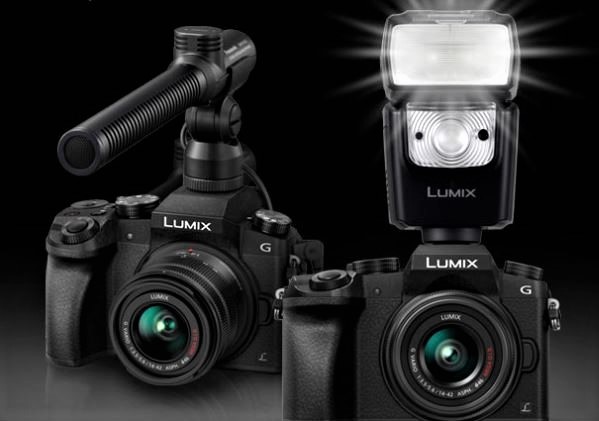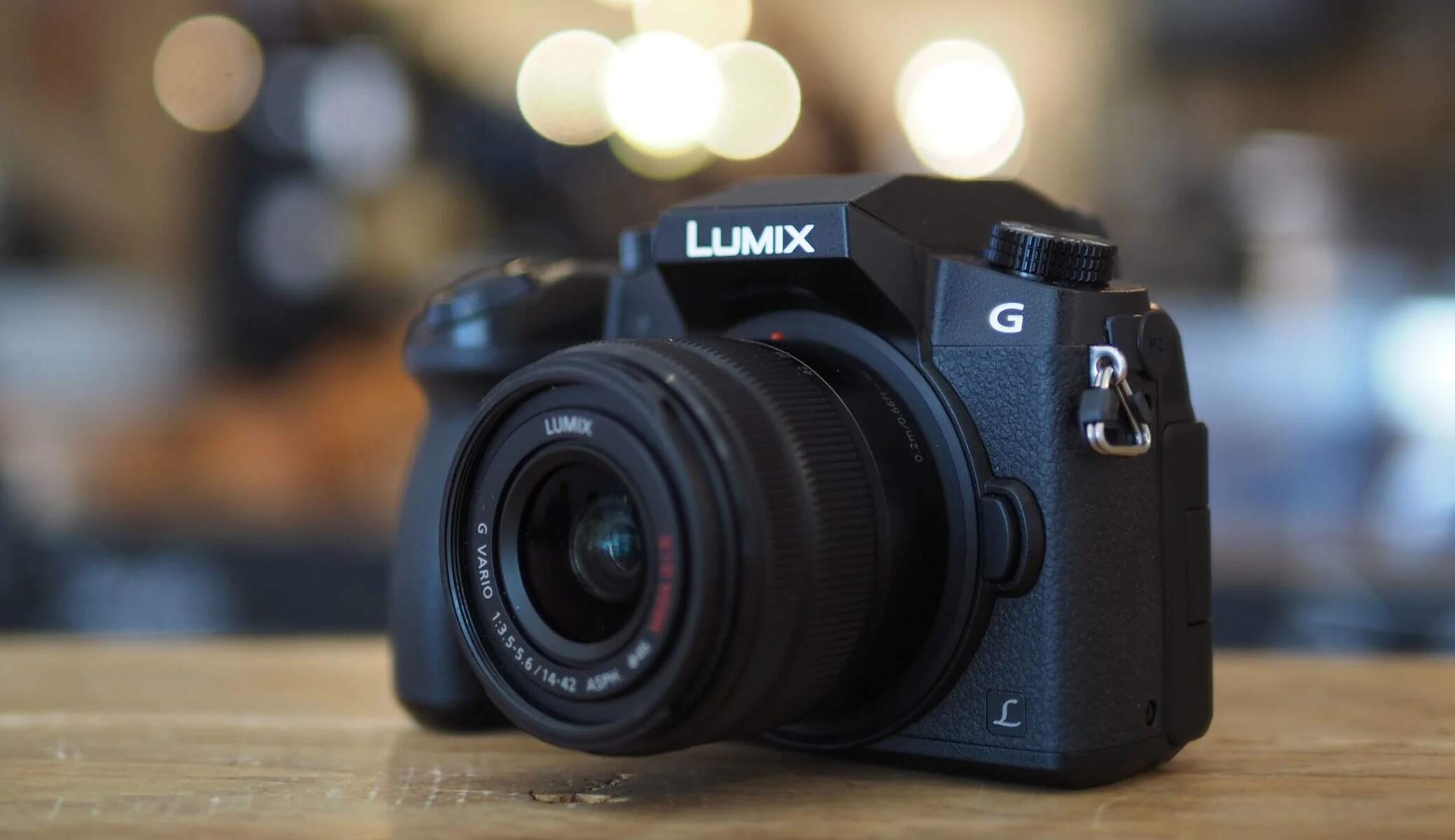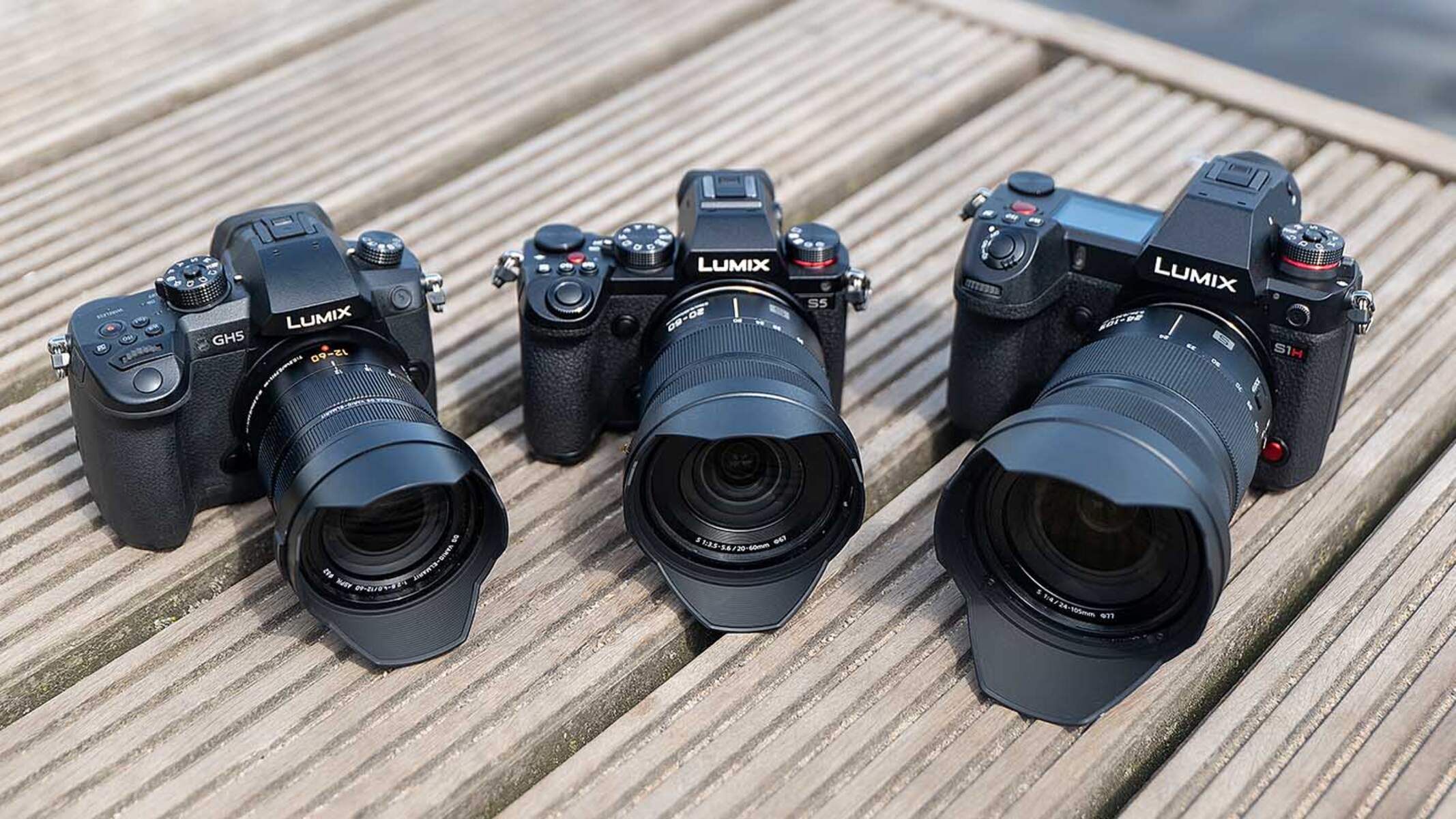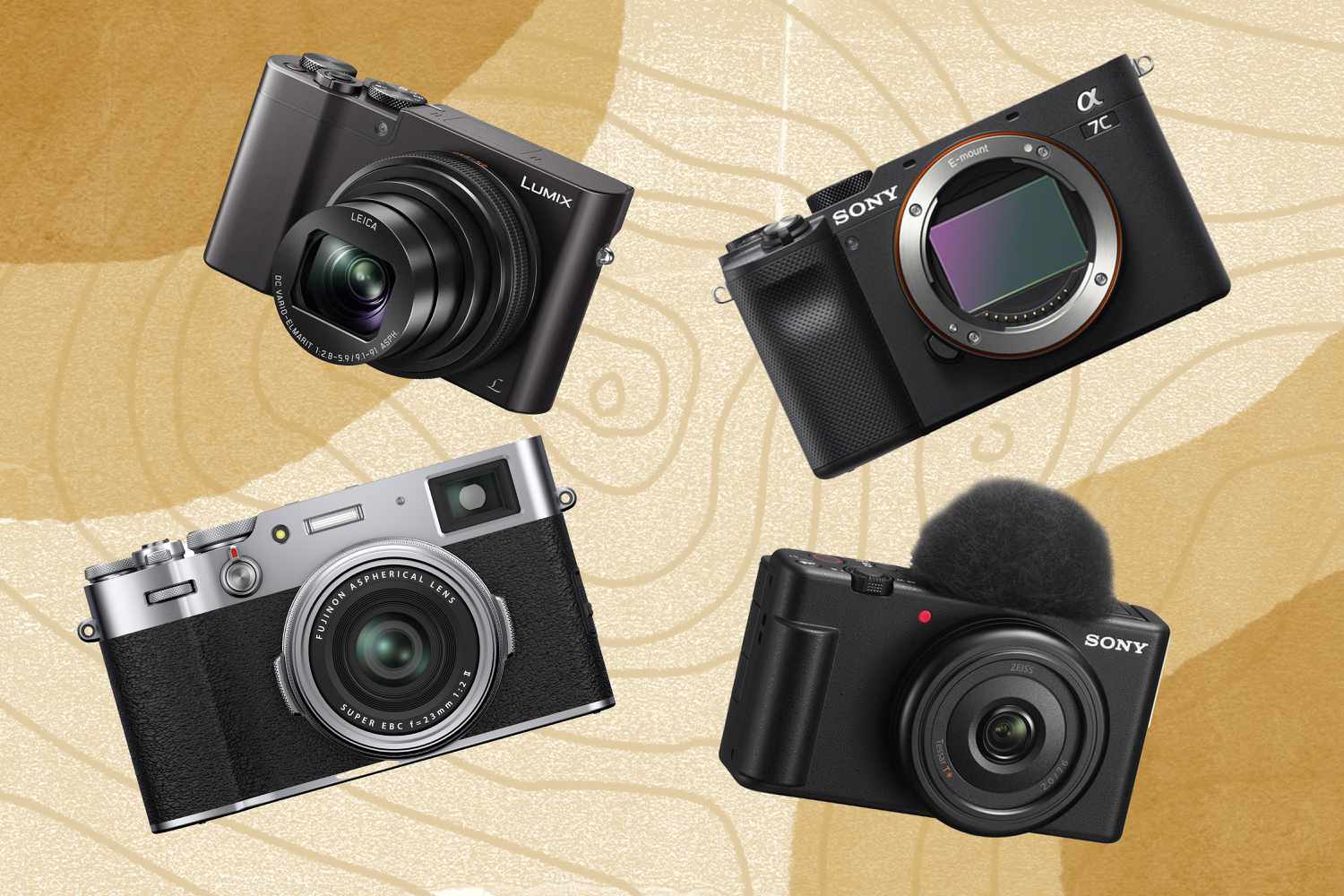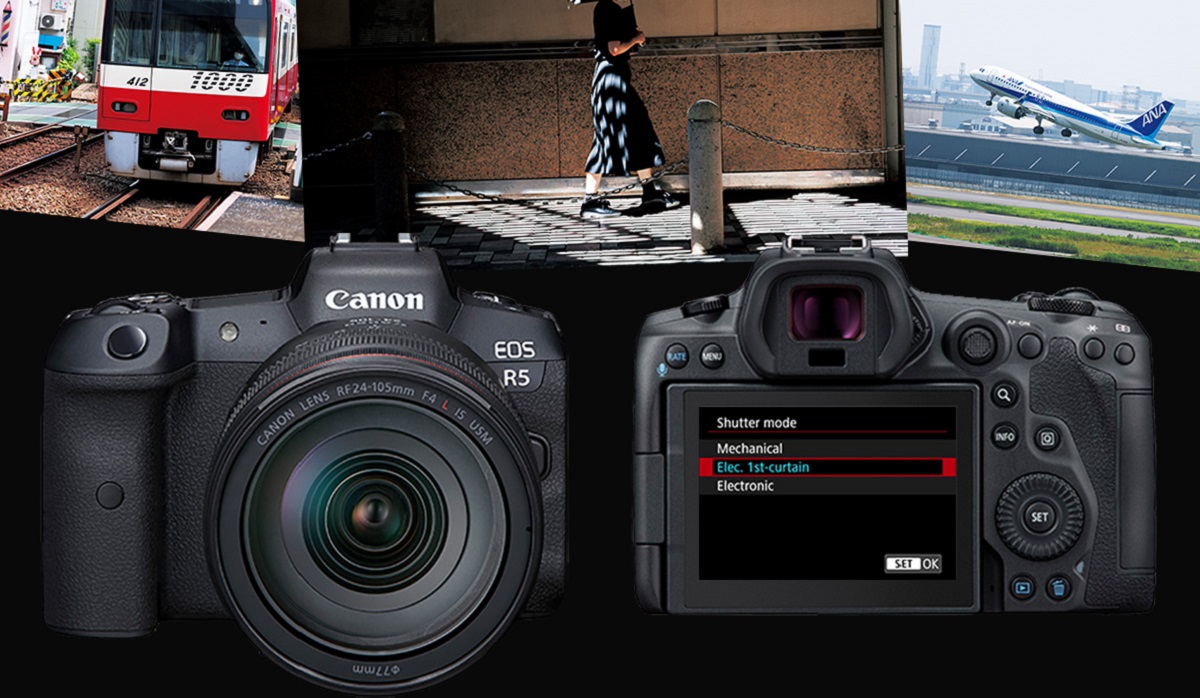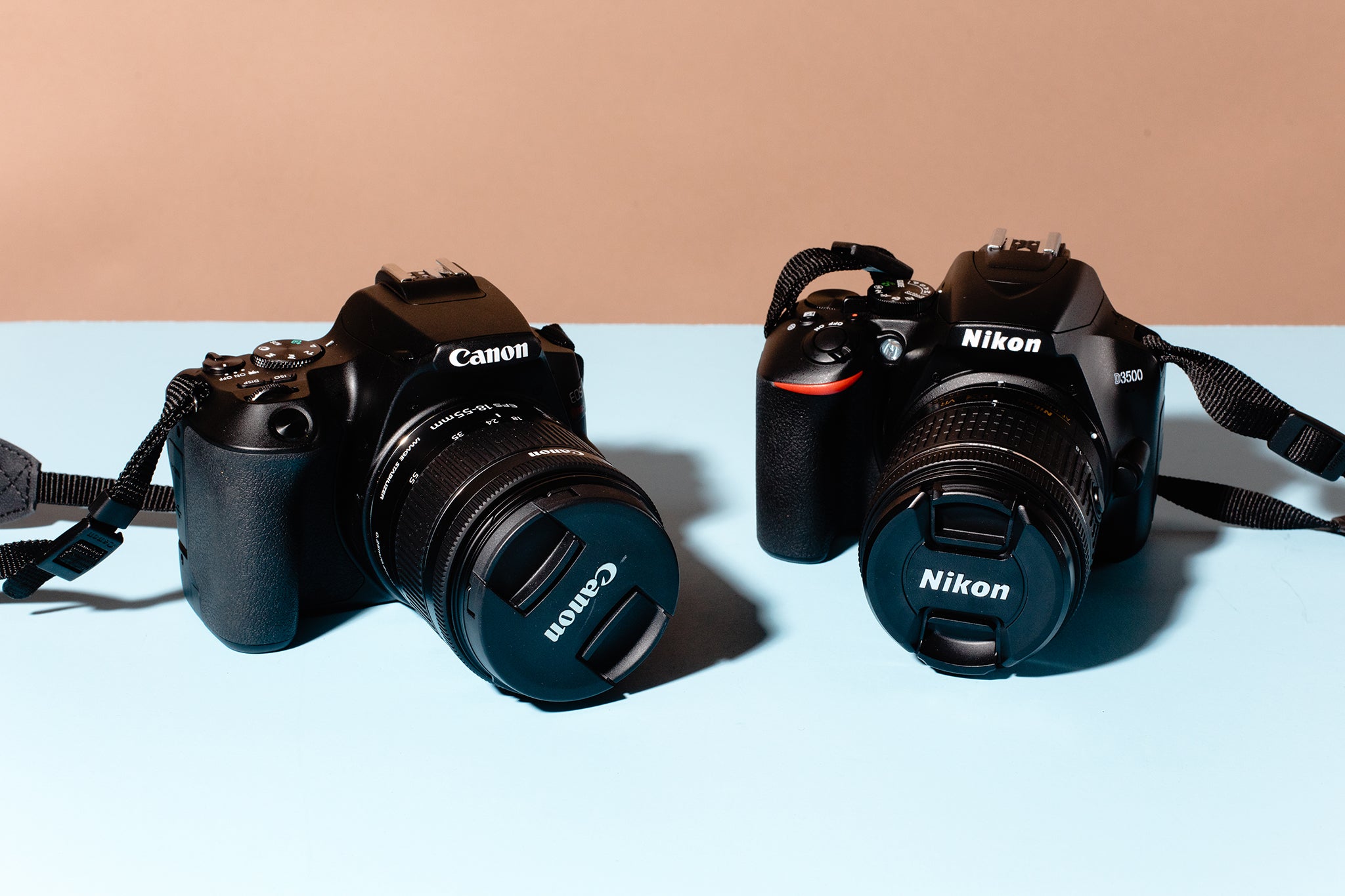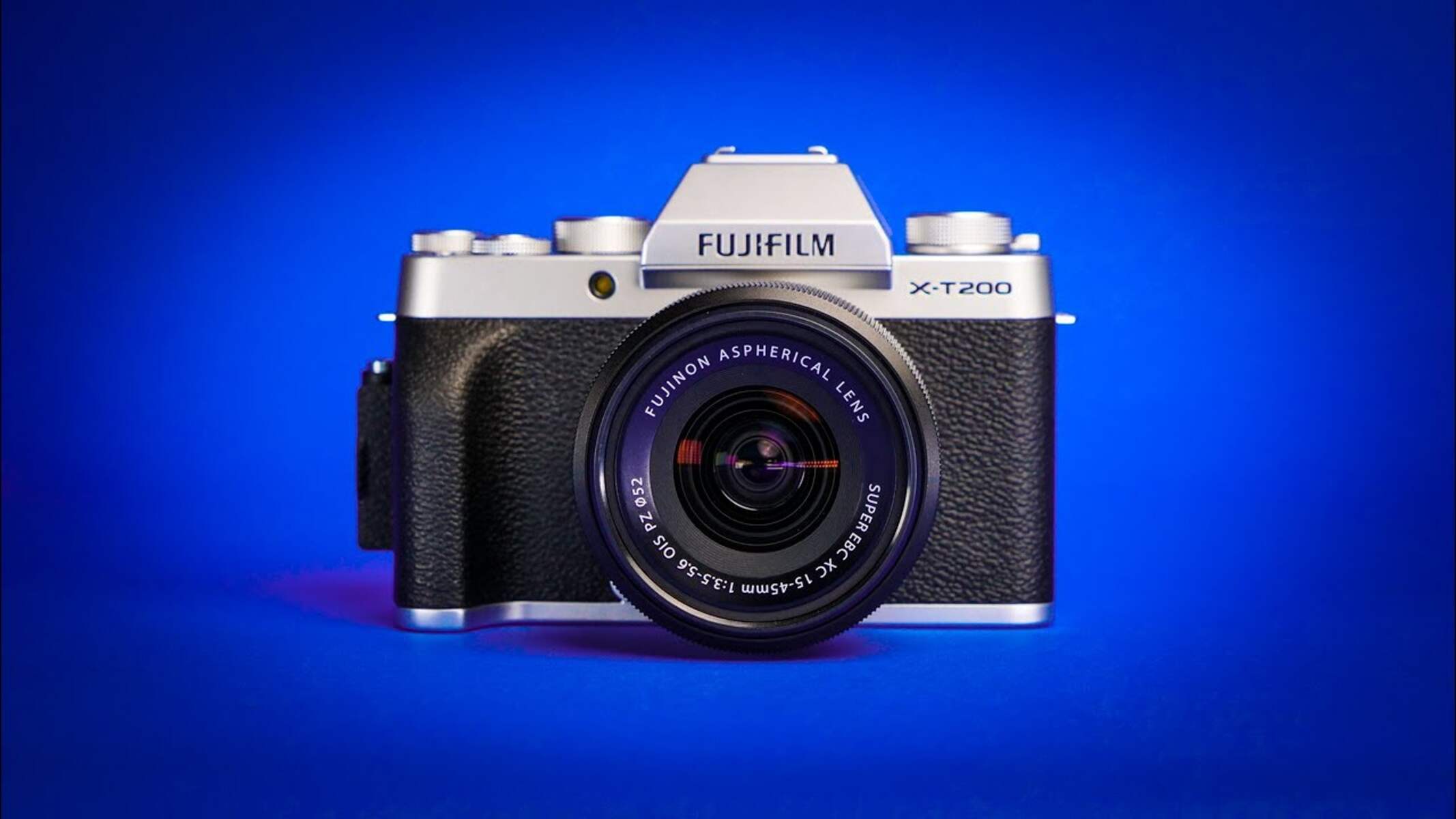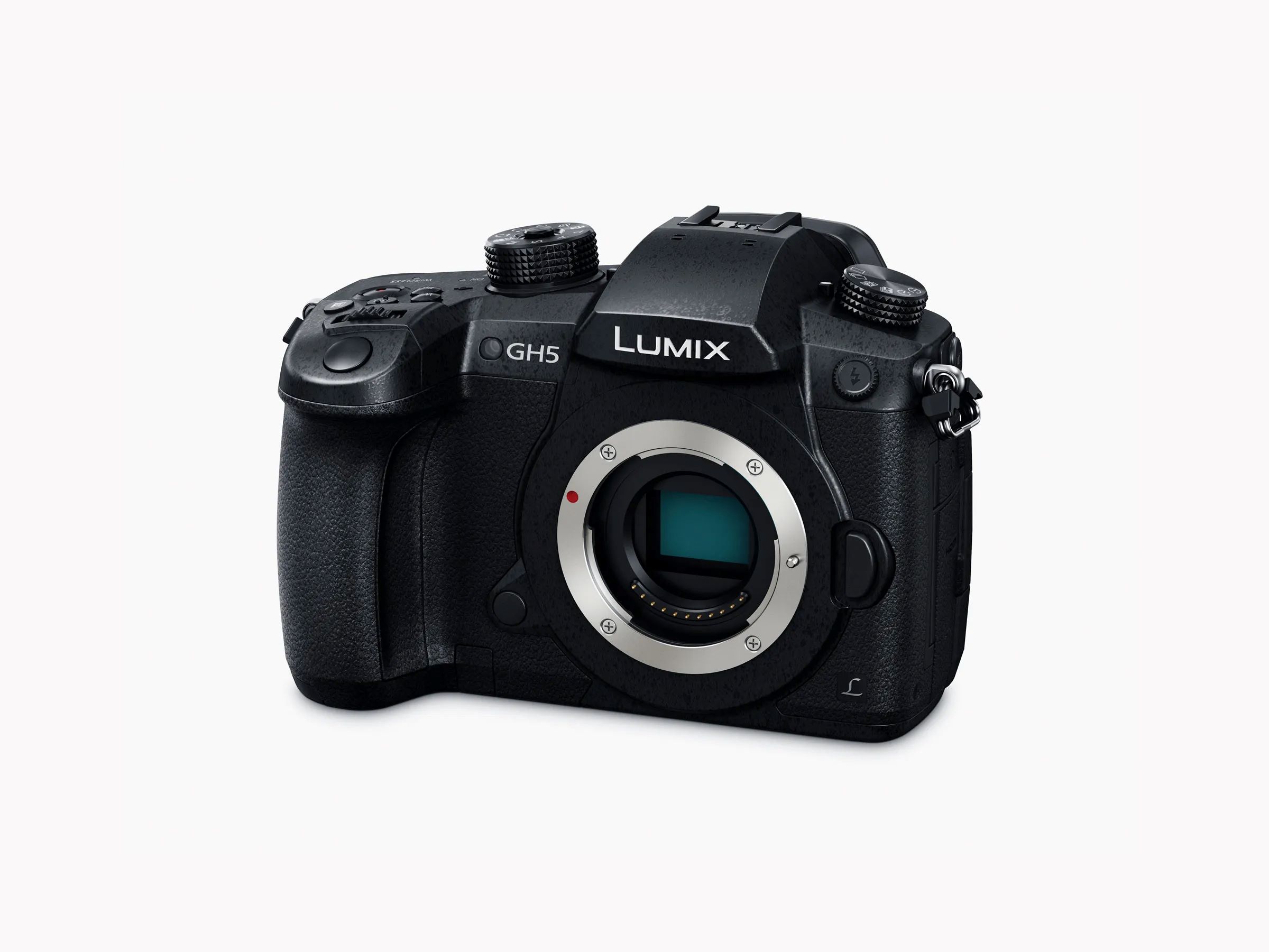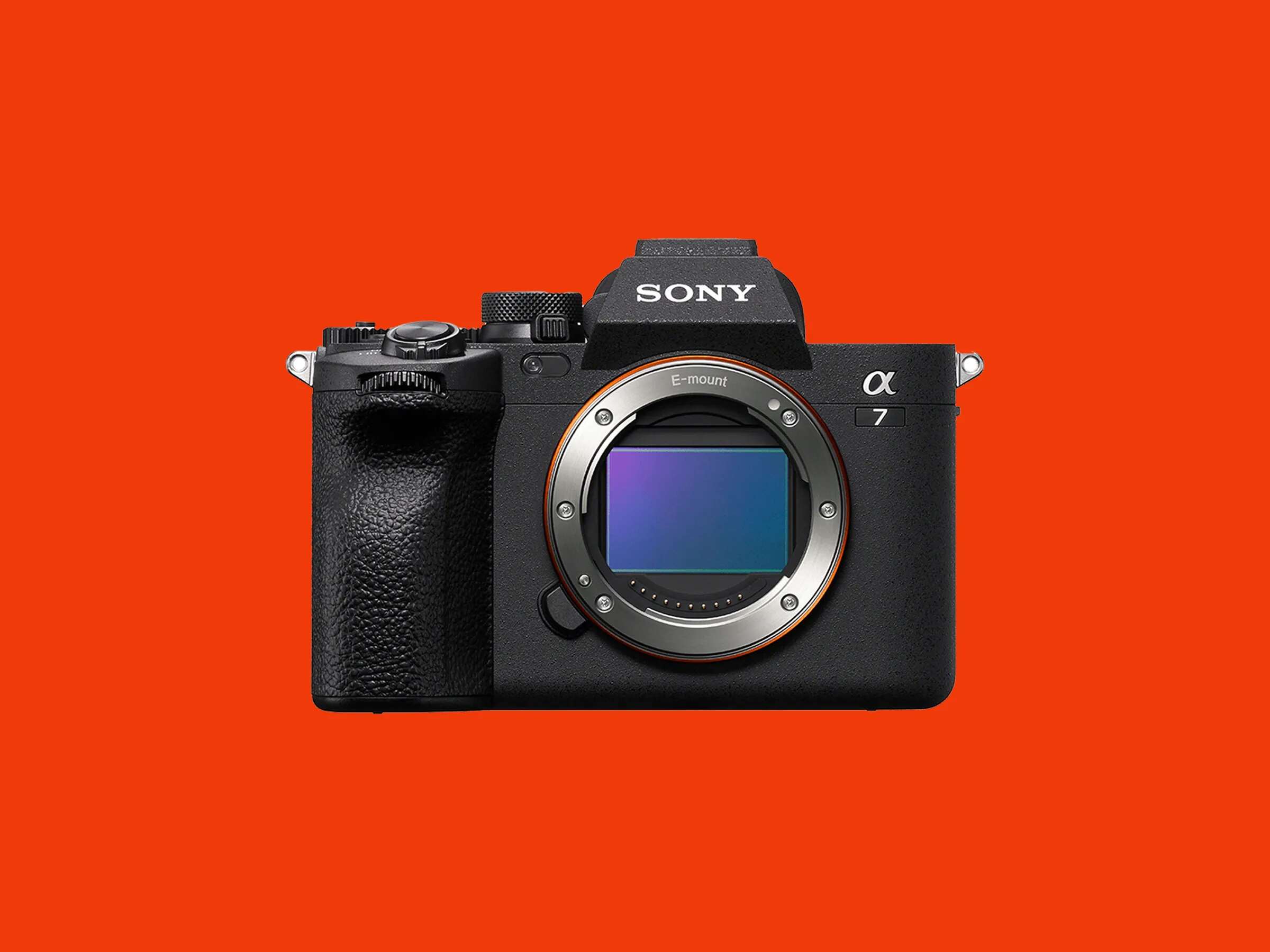The Panasonic Lumix G7 may be dated since it was released in 2015, but that doesn’t mean it has lost its touch as a capable camera today. Sure, it does pale in comparison to newer models, but with its respectable performance and price drop, it’s still worthy of consideration if you’re on a budget. Without further ado, let us walk you through the Panasonic Lumix G7 in our review below.
Panasonic Lumix G7: An Overview
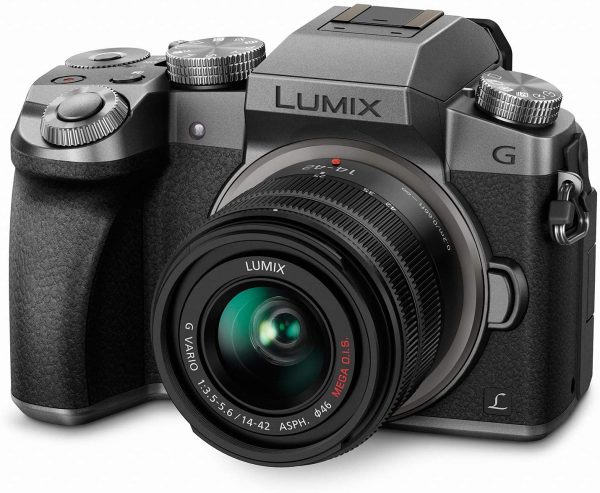

The Panasonic Lumix G7 is a mirrorless digital camera released by Panasonic in May 2015. It was marketed as a mid-range product with interchangeable lenses, high photo quality, and 4K video support. These features make the camera a solid alternative to basic DSLRs.
You could also use the Lumix G7 as a point-and-shoot camera if you’re new to photography. That’s because it also has decent autofocus and default settings that are suitable for casual users. It’s especially great as an affordable entry-level device for 4K video shooting.
The Lumix G7 stands as a respectable introduction to casual photography and 4K video. Moreover, at its current sub-$500 price point, it’s strongly worth considering.
Build & Design
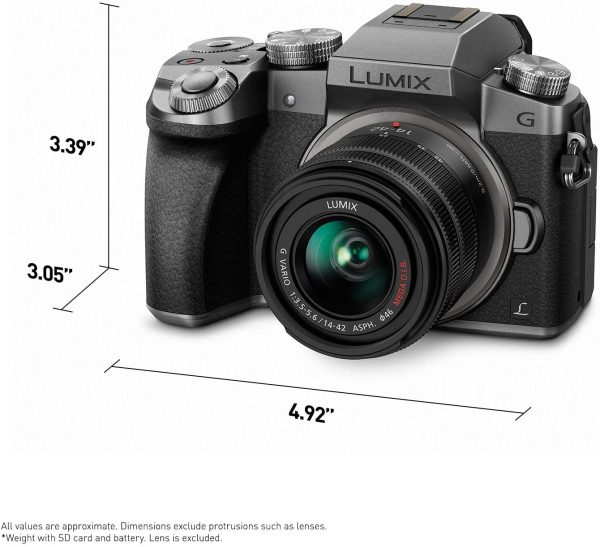

At first glance, this Panasonic camera can easily fool you into thinking that it’s a DSLR. Its body and design closely resemble many other entry-level DSLR cameras. It’s made of solid plastic material with a large (but comfortable) grip to the side. Even its controls, dials, and buttons appear similar to a DSLR’s.
However, the Lumix G7 is actually mirrorless and lacks an optical viewfinder. It also has a highly sensitive touchscreen along with physical controls littered across the body, coming in the form of multiple dials, programmable buttons, and mode settings.
Controls
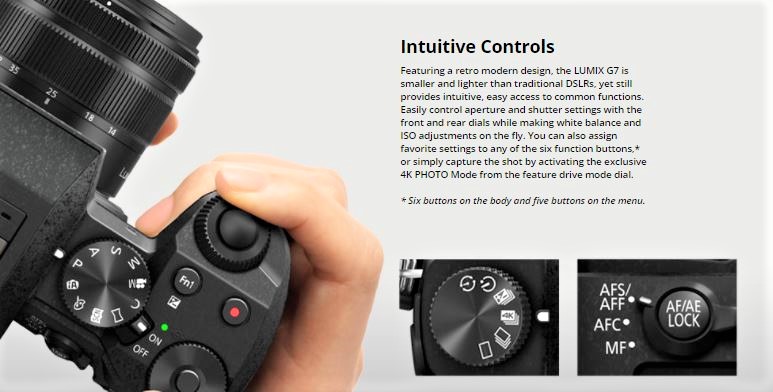

Most of the camera’s physical controls are built well and come in handy. They save you from tinkering with the touchscreen too much, which can be cumbersome to navigate. Moreover, they provide quick and easy access to various settings like autofocus mode, ISO, self-timer, etc. They are also pretty versatile with 11 re-mappable buttons to fit your shooting style.
Perhaps the only negative is that the movie record button is placed in an awkward position. It’s right above the shutter trigger, in a spot both your index finger and thumb cannot easily access. However, that’s a minor complaint in light of everything else it offers.
What we do like about the controls is that they’re pretty all-encompassing. You can dig into each setting and find many controls to customize your shots. In fact, they’re so deep that you might have a hard time discovering all its features.
Fortunately, the Panasonic Lumix camera also includes a well-written PDF manual upon purchase. Hence, although it can feel tedious, you can easily find what you need. Nonetheless, we would prefer it if the Panasonic Lumix camera was a bit more user-friendly.
Connectivity
In terms of connectivity, the Panasonic Lumix camera also supports multiple connections. It has an HDMI-out, SD card slot, an AV-out, and USB-out connection. It also has built-in Wi-Fi connectivity for convenient file transfers.
Unfortunately, the AV and USB connections are proprietary. That means you have to buy original connectors from Panasonic. The SD card slot could also have been positioned somewhere else instead of the battery compartment.
LCD Screen
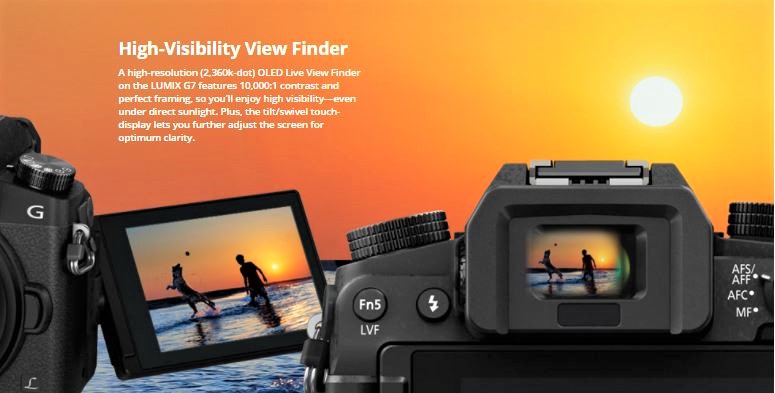

The LCD screen on the Panasonic Lumix camera is pretty basic for the most part. It measures three inches and is fairly bright—sufficient for outdoor viewing. The LCD itself doesn’t do anything special. Like many others, it serves as a viewfinder and an alternative to physical controls.
However, we do like the fact that you can use the touchscreen for almost anything. If the physical controls break, you’ll still find the same setting through the LCD.
Conversely, if you hate using touch controls, you don’t need to use the LCD either. You can also just use manual controls for everything, so you can operate the camera without ever looking at your LCD screen.
Performance & Responsiveness
Let’s move on to the performance of the Panasonic Lumix G7. We’ll cover everything from responsiveness and overall camera performance.
Start-up Time
The Lumix G7’s start-up time is pretty decent for casual users like families and travelers, taking about 0.6 seconds to boot. This is a fairly regular performance for a mirrorless camera, especially since it’s an older device.
Sadly, the slightly slower boot time means this camera isn’t built for emergency shoots. Let’s say you want to capture a scene that disappears almost instantly. In that case, this camera may respond a bit too slowly for you.
Autofocus Speed
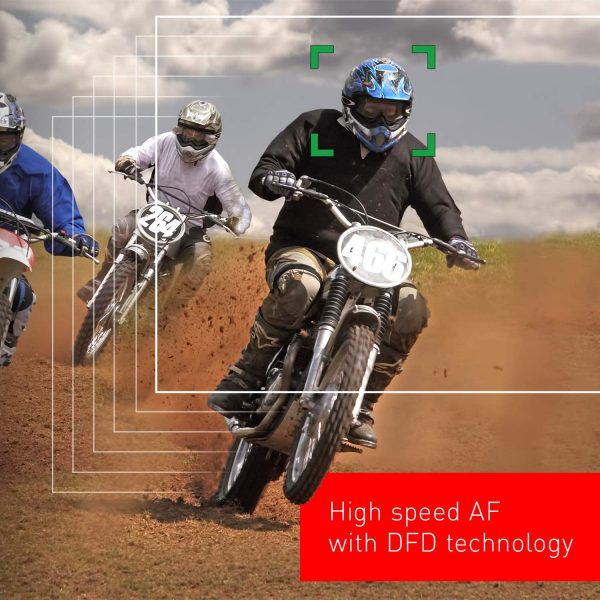

A camera’s responsiveness isn’t solely determined by its start-up time. Another thing you need to consider is how fast it can autofocus. Time is usually of the essence when you want to capture the perfect shot.
Fortunately, the Panasonic Lumix camera can autofocus pretty quickly. In good lighting conditions, it only takes 0.1 seconds to focus on the subject. It will be slower under low-light settings, taking 0.3 seconds to autofocus.
Image Processing Speed
In terms of image processing, the Lumix G7 is a little slow, taking about 0.4 seconds to shoot two JPEGs consecutively. By comparison, shooting in RAW delivers faster processing speeds, taking just 0.2 seconds. If you add flash to the shot, it takes even longer (about one second more) to process.
Continuous Shooting
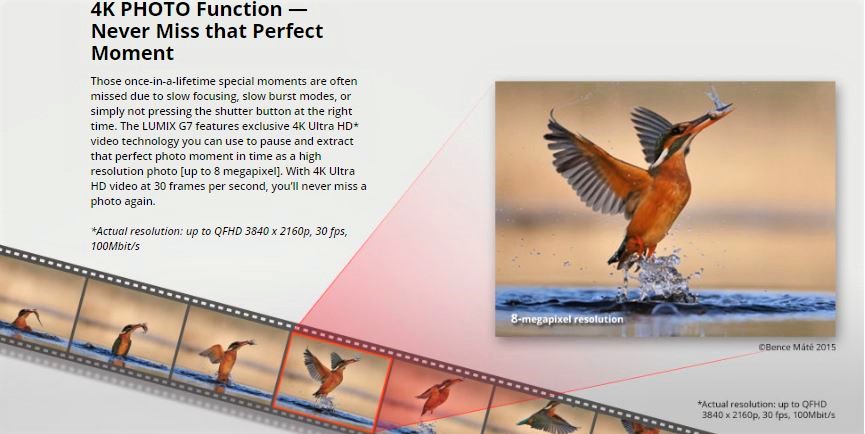

Taking consecutive shots with autofocus is pretty good with the Lumix G7. You can shoot around 30 JPEGs and run at roughly 6.5fps. Of course, this doesn’t include the image processing time for each photo. Nonetheless, if you don’t review shots or adjust settings, burst shooting is speedy overall.
If you like shooting in RAW, the time, unfortunately, takes longer—roughly 6.2fps just to shoot bursts. By comparison, shooting bursts in JPEG can net you around 30 shots at 6.5fps. In RAW, you can only get 8 shots in before the Lumix G7 slows down.
However, there is a way to speed up RAW shots to 8fps. You will first have to give up continuous autofocus, white balance, and exposure to do so. If you want to take things even further, you can utilize super-high burst mode at 40fps. However, you’d give up picture size in this case, reducing shots to only 4MP.
Alternatively, you can also use the 4K Photo mode to shoot at 30fps. This bumps up the picture size to 8MP, but the burst shot is pretty short. Hence, it’s useful only if you’re shooting relatively short consecutive shots.
Overall, the Lumix G7 yields fairly decent action photography. It can give you respectably focused shots using the quick onboard autofocus, making it especially useful for street photography if you like capturing slow-moving objects.
Battery Life
The battery life of the Panasonic Lumix G7 is pretty standard. According to Panasonic, the Lumix G7 can take around 360 shots before the battery starts to run out. That’s pretty average for mirrorless cameras released in 2015.
However, reports do say that the Lumix G7 can perform better in real life. Some have reported that the camera can last them for over 750 shots without losing much juice. Shooting videos—especially 4K ones—will of drain the battery at a faster rate. Furthermore, battery life will also suffer significantly if you shoot in hot climates.
Image Quality
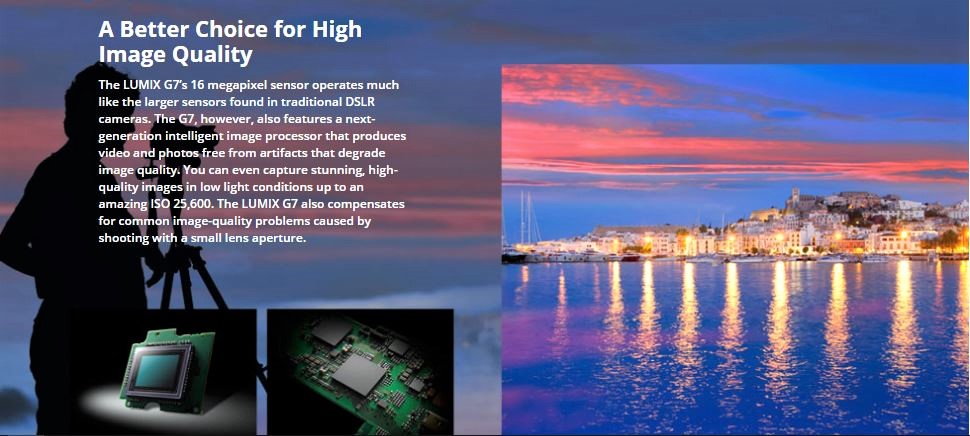

Up next is image quality. Overall, the Lumix G7’s photo quality is pretty good, thanks to its Four Thirds sensor. This sensor delivers solid dynamic range, accurate colors, and clear image quality, especially when paired with quality lenses.
The Lumix G7 also performs decently in low light. The JPEG photos it produces are amply detailed even if you increase the ISO. Of course, you do lose some of the detail going beyond ISO 1600. More on that will be discussed later.
When shooting in RAW, you’ll find that this camera captures highlights fairly well. There’s a lot more detail you can recover in highlights compared to shooting in JPEG. As for the colors, the Lumix G7’s Standard (default) setting produces natural, accurate colors.
Unfortunately, the Lumix G7 doesn’t give the highest-resolution images and is generally good for casual photography. If you’re only shooting for websites, online portfolios, and the like, this camera is sufficient.
However, don’t expect to retain detail if you plan to crop your images. Neither is it ideal for print. If you regularly print your photos, especially on large canvases, we suggest you look elsewhere.
ISO
One of the most integral settings on a camera is the ISO. It determines how much detail you can retain while shooting in low light. Fortunately, the Panasonic Lumix camera performs well on this front. That is at least up until you reach ISO 1600.
If you need to use ISO 3200 (or more), expect to lose a lot of detail. After ISO 1600, things can, unfortunately, get blurry and muddy with the Lumix G7.
Video Quality
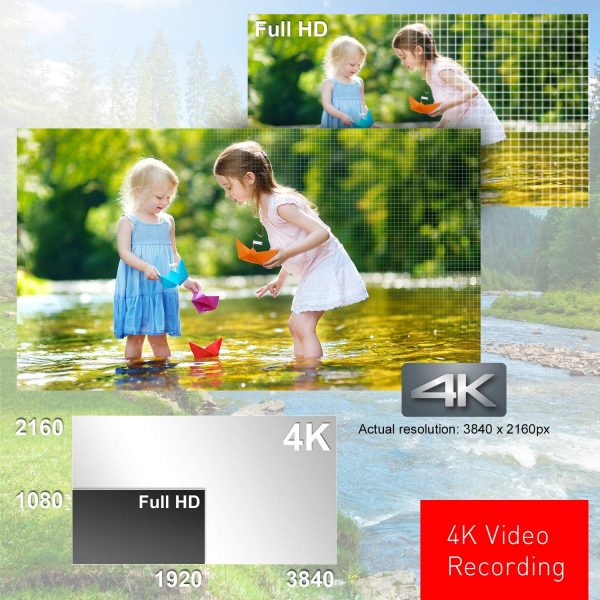

The star of the Lumix G7 is undoubtedly its ability to shoot videos in 4K. It’s the industry standard nowadays and provides much clearer detail compared to 1080p. This camera is certainly worth considering if 4K is your main goal, especially given the price.
Of course, not everything about 4K video shooting on this camera is perfect. For example, a few of the brighter areas do feel more washed out in 4K. However, this is more of a nitpick than a real gripe. Moreover, it can even perform well in low-light conditions. Overall, 4K video shots are great on the Panasonic Lumix camera.
Also, you don’t always have to default to shooting in 4K. Sometimes, you just need a decent quality higher frame-rate video in 1080p. Fortunately, the Lumix G7 gives clear, crisp shots in either mode.
Video Tools & Accessories
Apart from shooting in 4K, the Lumix G7’s video tools are also well thought out. For example, the G7 provides a flip-out screen on the LCD. This may sound strange, but it helps reduce sound and camera vibration while you’re shooting videos. Instead of using physical dials, you can use the touch controls to adjust settings.
Furthermore, the Lumix G7 has built-in microphone support. This way, you can use a high-quality microphone to record better audio.
Video Settings
Apart from the convenient tools, the Lumix G7 also offers lots of handy settings. For example, it allows you to adjust and fully control exposure as you’re shooting the video. Moreover, the in-shoot autofocus performs pretty well so you don’t have to worry about manual focus.
Of course, manual focus is still the way to go if you want the best footage. However, knowing that autofocus is still a good option is a relief to have. Moreover, the Panasonic Lumix camera has a Snap Movie feature. Essentially, this shoots two- to eight-second videos with a Pull Focus option. Pull Focus just means you can pick two focal points for the footage. The camera will then follow those points throughout the shot.
Panasonic Lumix G7: The Verdict
Overall, the Lumix G7 performs decently in photo capture and excellently in video capture. It serves as a great camera if you’re more of a casual photographer. However, it won’t be enough if you want to preserve detail in most cropped images and is unsuitable for print.
The Lumix G7 does capture video very well, due in no small part to its 4K video capabilities. If you’re looking for a cheap 4K video camera, it’s a strong choice. Check it out on Amazon for a reasonable price.







